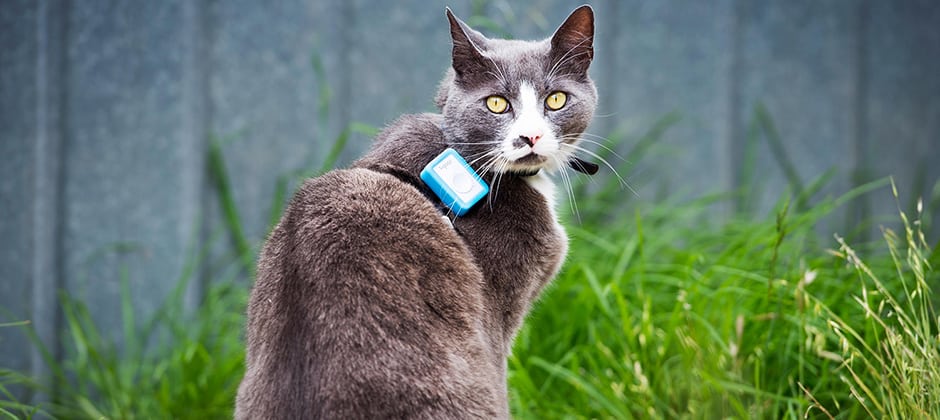Share this article
Pet cats’ impact on wildlife hits close to home
Pet cats don’t stray too far from their homes, but in the areas they travel, they can have a greater impact on wildlife than their wild counterparts roaming the jungles of Asia.
“There’s been a lot of papers about what cats kill and how many animals they kill,” said TWS member Roland Kays, a professor at North Carolina State and the lab head at the North Carolina Museum of Natural Science. “But there are many billions of mammals and birds out there, so does it really make a difference?”
The ideal way to answer that question would be to add or take away cats (Felis catus) from an area and test the impacts, Kays said, but that wouldn’t be realistic.
Instead, he led a study published in Animal Conservation that looked at where and how far people’s pet cats went when they were let outside and how their predation compared to that of native predators. “We tried an approach where we could get a direct comparison between native predators and the ecological impact of pet cats,” he said. “And the key thing we need to do that is to measure how far the animals are moving. We didn’t know where they were killing these things.”
It wasn’t hard to get cat owners on board with placing GPS collars on their pets. “Everyone wants to know where their cats go,” he said. Soon, Kays was getting phone calls from researchers in Australia, New Zealand and the United Kingdom who wanted to track cats in their areas, too. They used the same protocol and the team put together a global dataset.
In addition to collecting GPS data, researchers asked cat owners how much they had observed their cats kill, applying an adjustment factor to account for the fact that cats don’t bring home everything they hunt.
They compared the information with data from literature on jungle cats (Felis chaus), a wild species native to the Middle East, South and Southeast Asia and southern China — a species they felt was as similar as possible to domesticated cats. The data included how much the jungle cats killed per day as well as information about their home range.
“The wild cats are killing more, because they have to kill to eat,” he said. “That’s not surprising that they’re killing more. They range over a much bigger area.” Pet cats ranged only about 100 meters from their homes and killed prey just within this small area, but that made their effect much more concentrated.
Taking into account the high densities that the pet cats live in, Kays estimates housecats have four to 10 times the ecological impact of wild cats.
“The good news is, they aren’t roaming out into natural protected areas,” Kays said, but it could be a problem for sensitive species living close to neighborhoods.
“Lots of places where they’re killing common species, there’s not an immediate conservation risk,” he said. “Anywhere you do have endangered species that are of the size of prey cats kill near houses, that’s where we really need to get a program set and make people realize what cats are doing.”
One novel method for bird predation by outdoor cats is a using colorful collars that alerts birds to the cats’ presence, allowing them to escape. A recent study published in the Journal of Zoology found the Birdsbesafe collar resulted in 78% fewer birds killed by cats.
Header Image: Researchers monitored housecats to gauge their impacts on wildlife. ©Roland Kays








